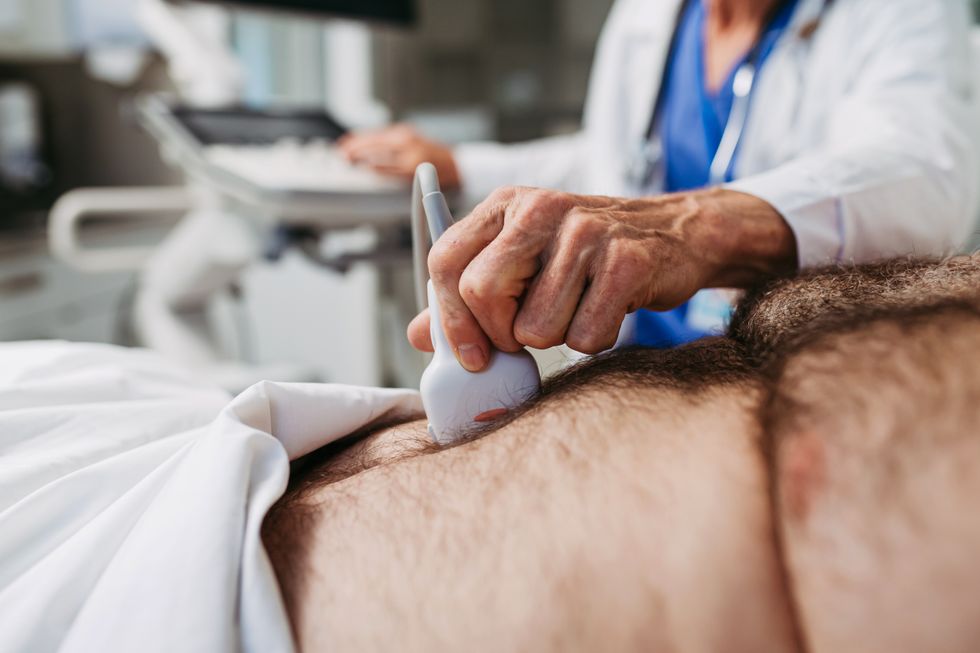Fatty liver disease: The silent warning sign that doctors warn is 'frequently underappreciated'

The disease is characteristically asymptomatic and often eludes early clinical detection
Don't Miss
Most Read
Latest
Fatty liver disease is a notoriously asymptomatic condition that is frequently diagnosed once significant damage has occurred.
Because the accumulation of fat in the liver severely hinders organ function over time, it helps to catch the disease in its infancy. Experts note that warning signs may emerge in the early stages.
Dr Pamela Tambini, Medical Director at Engage Wellness, told GB News that although the condition is “characteristically asymptomatic and often eludes early clinical detection”, it may cause general fatigue and a dull ache in the upper abdomen.
The issue is that these signs are often easily overlooked or attributed to other causes.

Fatty liver warning signs are often attributed to other causes
|GETTY
Dr Tambini warned that many patients dismiss their persistent tiredness, blaming it on stress, lack of exercise, or poor sleep, rather than considering liver health.
“Subclinical fatigue is frequently underappreciated, especially when not accompanied by functional impairment,” explained Dr Tambini.
These early symptoms are rarely obvious and instead often come from “incidental findings during routine biochemical screening,” she cautioned.
While fatigue corresponds anatomically with liver enlargement, it isn’t distinctive enough to prompt medical investigation on its own.
Nonetheless, it could signal that an accumulation of fat in the liver is causing inflammation and damage.
Some individuals may experience a vague sensation of pressure or dull discomfort in the right upper abdomen.
Patients sometimes report non-specific gastrointestinal symptoms such as bloating or abdominal distension, reflecting an enlarged liver or early changes in gut-liver axis signalling.
LATEST DEVELOPMENTS

Routine tests can pick up the disease before symptoms appear
|GETTY
Dr Tambini emphasised: “In the absence of hepatocellular injury severe enough to disrupt hepatic synthetic or detoxification capacity, these subtle symptoms rarely lead to timely identification.”
Fortunately, routine medical tests can detect the disease before it produces symptoms.
Ultrasound is typically the first imaging method used, as it can identify increased liver echogenicity consistent with fat accumulation.










